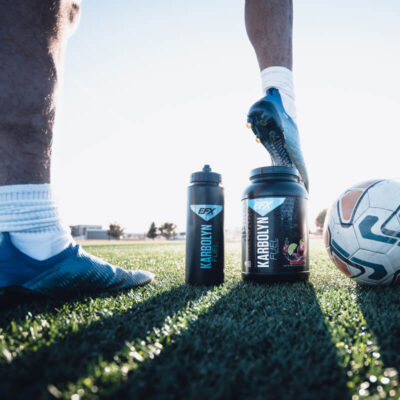Description
Jeff Golini’s cutting-edge book, The Dangers of Creatinine, is written from a medical perspective. It’s designed to educate readers about this controversial and often ignored compound. Athletes … protect yourself and others by learning even more about creatinine. Grab your copy today!
Excerpt #1
Creatine, in and of itself, is a powerful and required source of bio-fuel, and we benefit from its natural sources in our diet. In the natural progression of metabolism, what we take in as creatine is used in the muscle and excreted as a group of byproducts, predominantly as creatinine. It is unclear what impact excessive creatinine has on physiologic homeostasis. It is troubling however, how increases in the metabolic waste products of creatine, both natural and supplemented, could place a hefty burden on those with already faltering kidney function. In renal insufficiency, the reserve our once healthy kidneys enjoyed for clearing toxins, becomes further tenuous when diet loads us with ‘spent’ creatine in the form of creatinine waste. Everything from cooking technique to the postprandial handling of meals by our own natural bacterial flora can stack this proverbial card deck of creatine versus creatinine against us.
Excerpt #2
The purpose of this book is not to address the occasionally heated, and undeniably controversial, issues surrounding the efficacy, immediate safety, or overall merits or ethics of creatine monohydrate use by individuals (as young as 9 years old), who are involved in today’s sports industry. Instead, this work will take a close analytical look at the potential excess creatinine – the end product of all endogenous and exogenous creatine(s) – has to cause dangerous physiological burden, against the backdrop of pre-existing (and often undiagnosed) renal disease, which today exceeds 20 million people in the U.S. and millions more worldwide.
Excerpt #3
At present, the consensus is that creatinine is a simple waste product, without a secondary useful biochemical niche to fulfill on its way out of the human body. The body’s first defense mechanism, when creatinine is ‘sensed’ in higher than normal physiological levels, is to ramp-up mechanisms of elimination (i.e. thirst, renin-angiotensin, etc.) to flush it from the system. Creatinine can be utilized by some gut bacteria creating polycyclic amines, aliphatic amines, and various conjugations there of. These creatinine-derivatives, created by bacterial activity, are known to be toxic in man.













